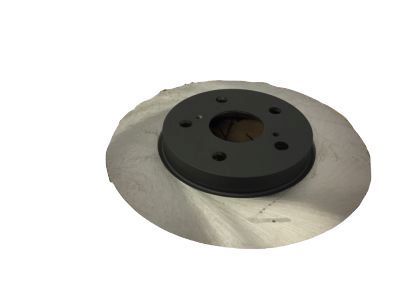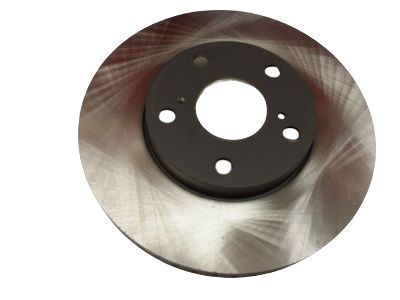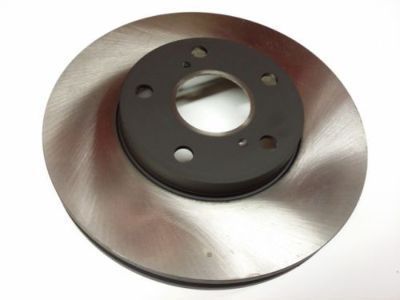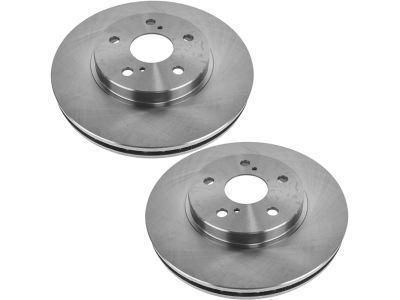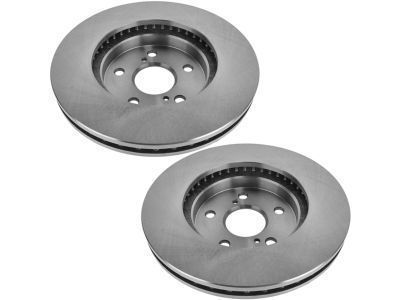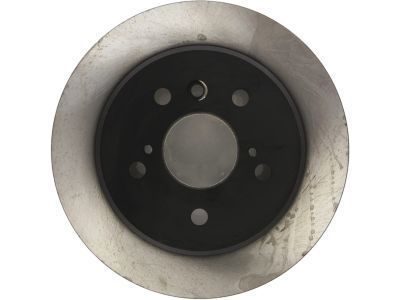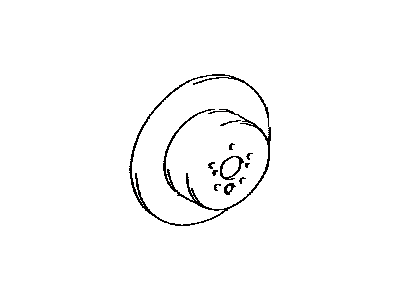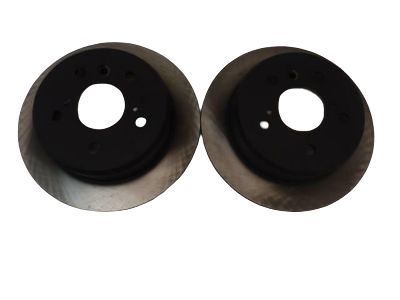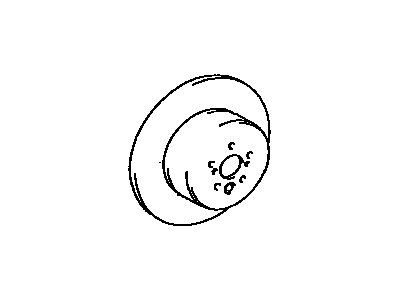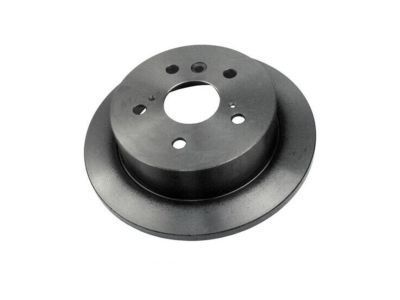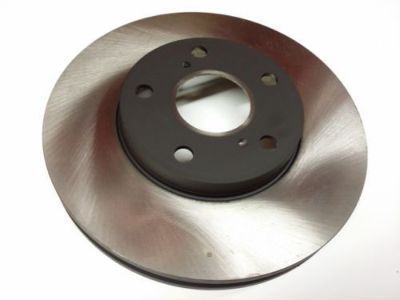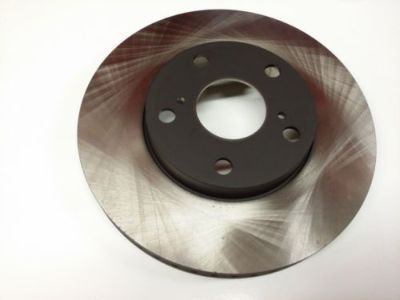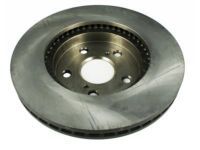

My Garage
My Account
Cart
Genuine Toyota Solara Brake Disc
Disc Rotor- Select Vehicle by Model
- Select Vehicle by VIN
Select Vehicle by Model
orMake
Model
Year
Select Vehicle by VIN
For the most accurate results, select vehicle by your VIN (Vehicle Identification Number).
9 Brake Discs found
Toyota Solara Disc Brake Rotor Front
Part Number: 43512-08040$72.09 MSRP: $101.62You Save: $29.53 (30%)Ships in 1-3 Business DaysToyota Solara Disc Brake Rotor Front
Part Number: 43512-06031$74.68 MSRP: $105.27You Save: $30.59 (30%)Ships in 1-2 Business DaysToyota Solara Disc Brake Rotor Front
Part Number: 43512-08030$72.09 MSRP: $101.62You Save: $29.53 (30%)Ships in 1-3 Business DaysToyota Solara Rear Disc
Part Number: 42431-06051$81.64 MSRP: $115.08You Save: $33.44 (30%)Ships in 1-2 Business DaysToyota Solara Rear Disc
Part Number: 42431-06020$75.98 MSRP: $107.10You Save: $31.12 (30%)Ships in 1-2 Business DaysToyota Solara Rear Disc
Part Number: 42431-06050$81.64 MSRP: $115.08You Save: $33.44 (30%)Ships in 1-3 Business DaysToyota Solara Disc Brake Rotor Front
Part Number: 43512-06030$74.68 MSRP: $105.27You Save: $30.59 (30%)Ships in 1-2 Business DaysToyota Solara Rear Disc
Part Number: 42431-33090$81.05 MSRP: $114.26You Save: $33.21 (30%)Ships in 1-3 Business DaysToyota Solara Disc Brake Rotor Front
Part Number: 43512-33070$74.68 MSRP: $105.27You Save: $30.59 (30%)Ships in 1-3 Business Days
Toyota Solara Brake Disc
If you are in demand for superior quality and affordable OEM Toyota Solara Brake Disc, then shop with us! We own a wide range of the reduced-priced genuine Toyota Solara Brake Disc. You can purchase in confidence as all parts come with a manufacturer's warranty. Any issues with our products? No need to worry as we have a hassle-free return policy to guide you every step of the way.
Toyota Solara Brake Disc Parts Questions & Experts Answers
- Q: How to inspect and replace brake discs on 2002 through 2008 Toyota Solara?A:Loosen the wheel lug nuts, raise the vehicle, and support it securely on jackstands. Remove the wheel and install the lug nuts to hold the disc in place, releasing the parking brake if working on the rear brake disc. Remove the Brake Caliper without disconnecting the brake hose, suspending it out of the way with a piece of wire to avoid hanging it by the flexible brake hose. Detach the torque plate by removing the mounting bolts. Visually inspect the disc surface for score marks and damage; light scratches are normal, but deep scoring over 0.039-inch requires disc removal and refinishing. Check for disc runout using a dial indicator placed about 1/2-inch from the outer edge, ensuring the reading does not exceed the allowable limit. It is recommended to resurface the discs whenever the pads are replaced to ensure a smooth finish and eliminate brake pedal pulsation. The disc must not be machined below the specified minimum allowable refinish thickness, which can be checked with a micrometer. Remove the lug nuts holding the disc in place and slide the disc off the hub, addressing any interference from the parking brake shoes if necessary by adjusting the shoes. Place the new disc over the threaded studs, install the torque plate and caliper, tightening the bolts to the specified torque. Finally, install the wheel and lug nuts, lower the vehicle, tighten the lug nuts, and depress the brake pedal a few times to ensure proper contact before driving.

